********** XKCD **********
return to top
Time Capsule Instructions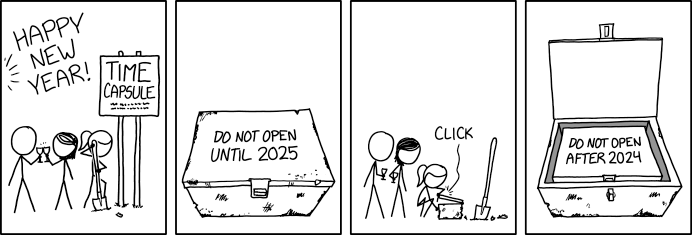
Match ID: 0 Score: 1000.00 source: xkcd.com
qualifiers: 1000.00 xkcd
Sun Avoidance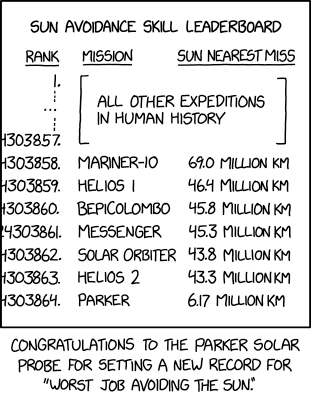
Match ID: 1 Score: 1000.00 source: xkcd.com
qualifiers: 1000.00 xkcd
Skew-T Log-P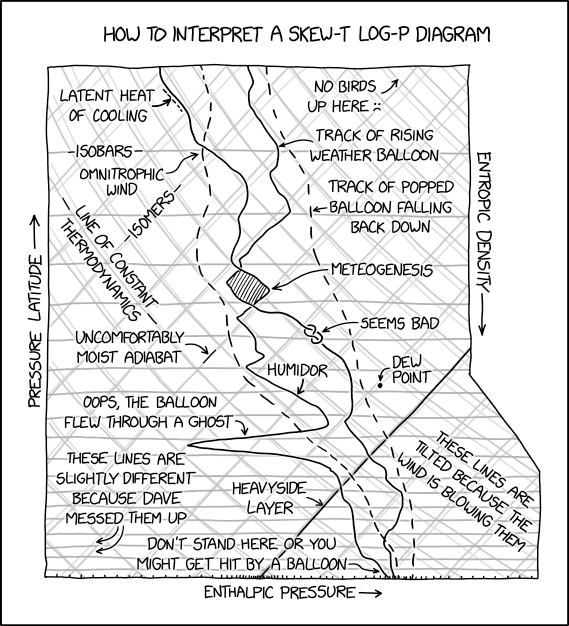
Match ID: 2 Score: 1000.00 source: xkcd.com
qualifiers: 1000.00 xkcd
Lasering Incidents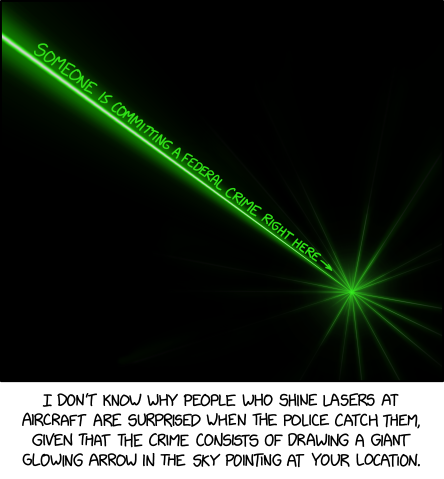
Match ID: 3 Score: 1000.00 source: xkcd.com
qualifiers: 1000.00 xkcd
Filter efficiency 99.558 (4 matches/906 results)
********** UNIVERSITY **********
return to top
Linda McMahon Has No Education Experience Except Wanting to Defund Public Schools
Mon, 30 Dec 2024 19:38:54 +0000
Her most important qualification is being a longtime Trump loyalist — and she’ll carry out his vision to gut the Department of Education.
The post Linda McMahon Has No Education Experience Except Wanting to Defund Public Schools appeared first on The Intercept.
Ukrainian leader has sought to build bridges with Trump amid fears the president-elect could slow vital military aid once in office. What we know on day 1,045
Ukrainian President Volodymyr Zelenskyy has expressed hope that US president-elect Donald Trump’s “unpredictability” can help end the war with Russia. Trump, who takes office on 20 January, has said he will end the nearly three-year conflict in “24 hours” once in power, a claim that has drawn scepticism from Kyiv, which fears it will be forced to give up land for peace. “He’s very strong and unpredictable, and I would really like to see President Trump’s unpredictability apply to Russia. I believe he really wants to end the war,” Zelensky said in an interview aired on Thursday with Ukrainian TV.
The Ukrainian leader has sought to build bridges with Trump and his team since November’s election amid fears the Republican could slow vital US military aid or halt it entirely. Zelenskyy said that Trump could be “decisive” in the war. “He is capable of stopping Putin or, to put it more fairly, help us stop Putin,” he said, “He is able to do this.” Zelenskyy has said that achieving a just peace for Ukraine would mean receiving solid security guarantees from its allies, joining the EU and receiving an invitation to join the Nato alliance, a notion rejected by Moscow.
The Ukrainian military said that it had carried out a high-precision strike on Thursday on a Russian command post in Maryino, in the Kursk region, where Ukrainian forces hold chunks of territory after a major incursion. Ukrainian forces remain in the Kursk region five months after sending troops across the border, though the Russian military says much of the lost territory has been recaptured. “These strikes disrupt the ability of the Russian Federation to conduct terrorism against innocent Ukrainian civilians,” the Ukrainian military said in a statement via the Telegram messaging app. The Russian military said air defence units had downed four Ukrainian missiles in the region, and the regional governor said the strikes had damaged a high-rise apartment building and other buildings in an adjacent village.
Ukraine has opened a criminal probe into desertion and “abuse of power” after hundreds of soldiers were reported to have fled an army unit partly trained by France, investigators said Thursday. The 155th Mechanised Brigade, dubbed “Anne of Kyiv”, was one of several military groupings formed last year as Ukraine sought to boost preparations for possible new Russian offensives. The unit was to be made up of 4,500 soldiers, with France training roughly half of them and providing equipment. But its development has been beset with problems including what one lawmaker described as poor management.
Gas supplies in Europe were stable with the exception of Moldova, the EU said on Thursday, a day after Russian gas transit via Ukraine stopped. Deliveries of Russian gas to Europe via Ukraine pipelines stopped on Wednesday, after Kyiv refused to renew a decades-long arrangement that earned billions of dollars for both countries. Although Russian gas accounted for less than 10 percent of the European Union’s gas imports in 2023 – down from more than 40 percent before Moscow sent troops into Ukraine in 2022 – some of the bloc’s eastern members are still heavily reliant on Russian imports. “The situation is stable with all member States using a mix of regular winter storage and imports from third countries, which provide stable supplies to their consumers”, said Poland, which has just assumed the EU’s rotating presidency.
The cut-off of Russian gas supplies to Moldova’s breakaway Transniestria region, however, has forced the closure of all industrial companies except food producers. The mainly Russian-speaking territory of about 450,000 people, which split from Moldova in the 1990s as the Soviet Union collapsed, has suffered a painful and immediate hit from Wednesday’s cut-off of Russian gas supplies to central and eastern Europe via Ukraine. “All industrial enterprises are idle, with the exception of those engaged in food production – that is, directly ensuring food security for Transdniestria,” Sergei Obolonik, first deputy prime minister of the region, told a local news channel. “The problem is so extensive that if it is not resolved for a long time, we will already have irreversible changes – that is, enterprises will lose their ability to start up.”
Continue reading...A network of locals ready to provide a bed, a lift, or a box of chocolates to tired walkers along the Te Araroa trail has become a lifeline
American hiker Donna Barkley was weeks into walking New Zealand’s longest hiking trail when her strength started to falter. Starting at the northern tip of the country in mid-October, she had trudged south along vast empty coastlines, over farmland and through dense forests thick with mud.
“I have a new definition of muddy – at home we have boot scrapers but after these trails, you need a fire hose,” Barkley tells the Guardian, while taking a rest day in the central North Island.
Continue reading...Pro-Russia Moldovan region suffers major hit after Ukraine ends transit agreement, with only food producers functioning
The shutdown of Russian gas supplies to Moldova’s breakaway Transnistria region has forced the closure of all industrial companies except food producers.
The mainly Russian-speaking territory of about 450,000 people, which split from Moldova in the 1990s as the Soviet Union collapsed, has suffered a painful and immediate hit from Wednesday’s cut-off of Russian gas supplies to central and eastern Europe via Ukraine.
Continue reading...The month-long challenge doesn’t have to be a battle between meat and plant eaters. It’s a great way for people of all persuasions to experiment with new foods and flavours
This article is an extract from the Guardian’s Feast newsletter, featuring exclusive writing from Nigel Slater, Rachel Roddy, Felicity Cloake and more – sign up here to get the full newsletter straight to your inbox every Thursday
I learned something new about Laxmidas Sodha, my grandfather, while spending time with my parents over Christmas. He didn’t have an easy life, but he didn’t make life easy for himself, either. After surviving poverty, the death of his wife during childbirth and being kicked out of Uganda by Idi Amin, he chose not to go to the wedding of his beloved son (my dad) on principle, because my mum’s family ate meat.
Continue reading...You might have noticed that everyone has recently become a bit obsessed with blood sugar, or glucose. Wellness firms such as Zoe in the UK – as well as Nutrisense, Levels and Signos – claim to offer insights into how our bodies process food based on monitoring our blood glucose, among other things. But many researchers have begun to question the science behind this. In this episode from July, Ian Sample talks to the philosopher Julian Baggini, the University of Oxford academic dietician Dr Nicola Guess, and Zoe’s chief scientist the King’s College London nutrition expert Prof Sarah Berry to find out what we know about blood glucose levels and our health, and whether the science is nailed down on personalised nutrition
Support the Guardian: theguardian.com/sciencepod
Continue reading...Dr. Hussam Abu Safiya is one of six medical workers with the Chicago-based organization MedGlobal who remain in Israeli custody.
The post The Scramble to Find the Gaza Doctor in the White Coat appeared first on The Intercept.
A weekly email from Yotam Ottolenghi, Meera Sodha, Felicity Cloake and Rachel Roddy, featuring the latest recipes and seasonal eating ideas
Each week we’ll send you an exclusive newsletter from our star food writers. We’ll also send you the latest recipes from Yotam Ottolenghi, Nigel Slater, Meera Sodha and all our star cooks, stand-out food features and seasonal eating inspiration, plus restaurant reviews from Grace Dent and Jay Rayner.
Sign up below to start receiving the best of our culinary journalism in one mouth-watering weekly email.
Continue reading...Trump wants a bloodbath for the federal employees, but government workers aren’t the only ones who will suffer.
The post Federal Labor Unions Steel Themselves for Trump and DOGE’s Mass Firings appeared first on The Intercept.
Is there anything you’d like to know about UPFs? The Guardian’s new video podcast, It’s complicated
Ultra-processed foods (UPFs) have become an everyday part of many people’s diets. From ready meals to breakfast cereals, these foods are engineered for convenience and taste – but at what cost? With growing attention on how ultra-processed foods (UPFs) influence our health, the environment, and even the way we view eating, it’s no wonder there’s so much confusion and curiosity surrounding them.
In our new video podcast on the Guardian’s It’s Complicated YouTube channel, we want to explore what really goes into UPFs and what that means for our wellbeing. What makes a food ‘ultra-processed’ compared to regular processed foods? Are all UPFs inherently unhealthy? How did they become such a dominant part of the food landscape, and what would it mean to cut them out? These are just some of the questions we’re looking to answer — but we really want to hear from you.
Continue reading...Style, with substance: what’s really trending this week, a roundup of the best fashion journalism and your wardrobe dilemmas solved, direct to your inbox every Thursday
Style, with substance: what’s really trending this week, a roundup of the best fashion journalism and your wardrobe dilemmas solved, delivered straight to your inbox every Thursday
Explore all our newsletters: whether you love film, football, fashion or food, we’ve got something for you
Continue reading...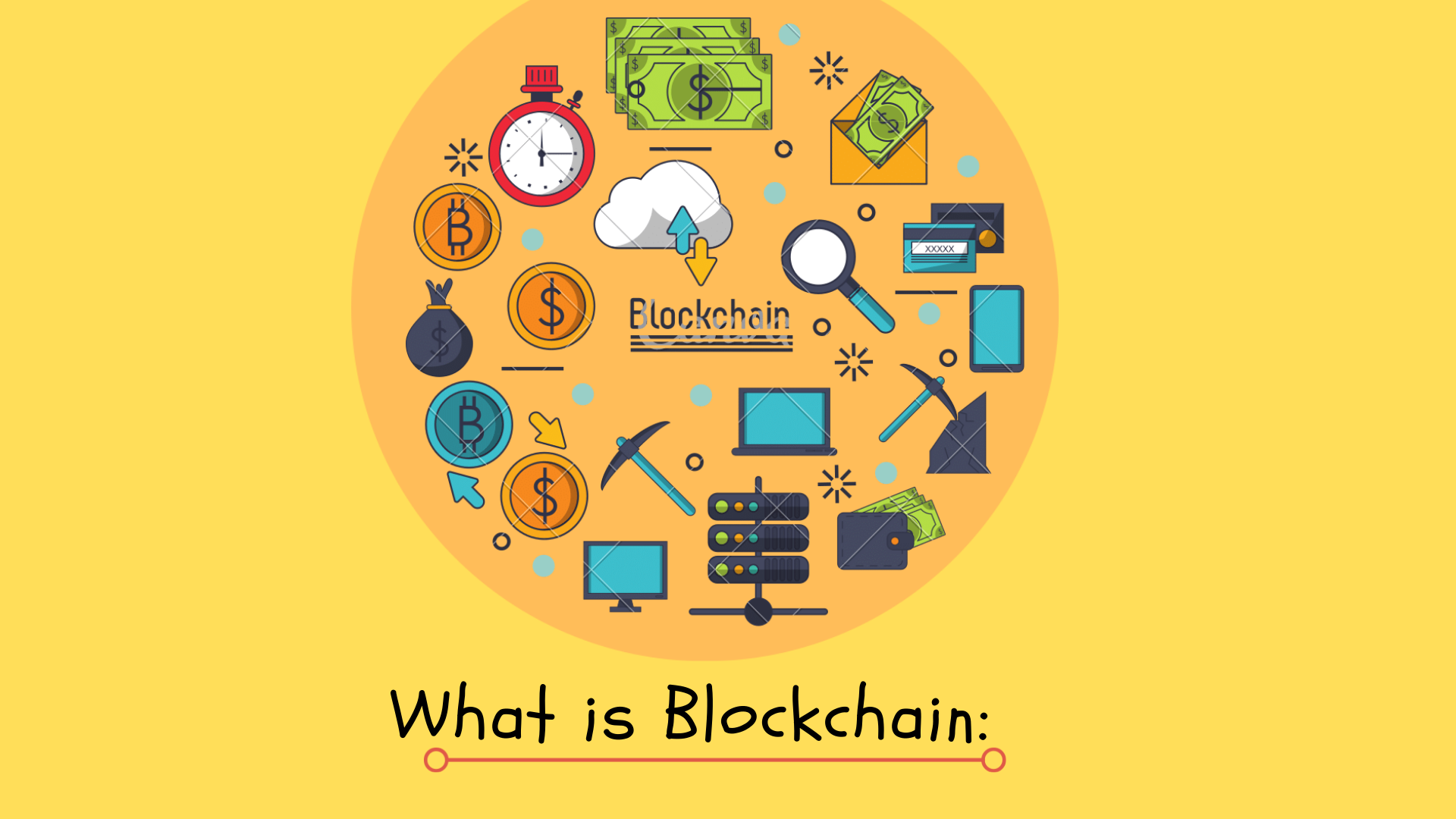 |
Imagine a world in which you can do transactions and many other things without having to give your personal information. A world in which you don’t need to rely on banks or governments anymore. Sounds amazing, right? That’s exactly what blockchain technology allows us to do.
It’s like your computer’s hard drive. blockchain is a technology that lets you store data in digital blocks, which are connected together like links in a chain.
Blockchain technology was originally invented in 1991 by two mathematicians, Stuart Haber and W. Scot Stornetta. They first proposed the system to ensure that timestamps could not be tampered with.
A few years later, in 1998, software developer Nick Szabo proposed using a similar kind of technology to secure a digital payments system he called “Bit Gold.” However, this innovation was not adopted until Satoshi Nakamoto claimed to have invented the first Blockchain and Bitcoin.
A blockchain is a distributed database shared between the nodes of a computer network. It saves information in digital format. Many people first heard of blockchain technology when they started to look up information about bitcoin.
Blockchain is used in cryptocurrency systems to ensure secure, decentralized records of transactions.
Blockchain allowed people to guarantee the fidelity and security of a record of data without the need for a third party to ensure accuracy.
To understand how a blockchain works, Consider these basic steps:
Let’s get to know more about the blockchain.
Blockchain records digital information and distributes it across the network without changing it. The information is distributed among many users and stored in an immutable, permanent ledger that can't be changed or destroyed. That's why blockchain is also called "Distributed Ledger Technology" or DLT.
Here’s how it works:
And that’s the beauty of it! The process may seem complicated, but it’s done in minutes with modern technology. And because technology is advancing rapidly, I expect things to move even more quickly than ever.
Even though blockchain is integral to cryptocurrency, it has other applications. For example, blockchain can be used for storing reliable data about transactions. Many people confuse blockchain with cryptocurrencies like bitcoin and ethereum.
Blockchain already being adopted by some big-name companies, such as Walmart, AIG, Siemens, Pfizer, and Unilever. For example, IBM's Food Trust uses blockchain to track food's journey before reaching its final destination.
Although some of you may consider this practice excessive, food suppliers and manufacturers adhere to the policy of tracing their products because bacteria such as E. coli and Salmonella have been found in packaged foods. In addition, there have been isolated cases where dangerous allergens such as peanuts have accidentally been introduced into certain products.
Tracing and identifying the sources of an outbreak is a challenging task that can take months or years. Thanks to the Blockchain, however, companies now know exactly where their food has been—so they can trace its location and prevent future outbreaks.
Blockchain technology allows systems to react much faster in the event of a hazard. It also has many other uses in the modern world.
Blockchain technology is safe, even if it’s public. People can access the technology using an internet connection.
Have you ever been in a situation where you had all your data stored at one place and that one secure place got compromised? Wouldn't it be great if there was a way to prevent your data from leaking out even when the security of your storage systems is compromised?
Blockchain technology provides a way of avoiding this situation by using multiple computers at different locations to store information about transactions. If one computer experiences problems with a transaction, it will not affect the other nodes.
Instead, other nodes will use the correct information to cross-reference your incorrect node. This is called “Decentralization,” meaning all the information is stored in multiple places.
Blockchain guarantees your data's authenticity—not just its accuracy, but also its irreversibility. It can also be used to store data that are difficult to register, like legal contracts, state identifications, or a company's product inventory.
Blockchain has many advantages and disadvantages.
I’ll answer the most frequently asked questions about blockchain in this section.
Blockchain is not a cryptocurrency but a technology that makes cryptocurrencies possible. It's a digital ledger that records every transaction seamlessly.
Yes, blockchain can be theoretically hacked, but it is a complicated task to be achieved. A network of users constantly reviews it, which makes hacking the blockchain difficult.
Coinbase Global is currently the biggest blockchain company in the world. The company runs a commendable infrastructure, services, and technology for the digital currency economy.
Blockchain is a decentralized technology. It’s a chain of distributed ledgers connected with nodes. Each node can be any electronic device. Thus, one owns blockhain.
Bitcoin is a cryptocurrency, which is powered by Blockchain technology while Blockchain is a distributed ledger of cryptocurrency
Generally a database is a collection of data which can be stored and organized using a database management system. The people who have access to the database can view or edit the information stored there. The client-server network architecture is used to implement databases. whereas a blockchain is a growing list of records, called blocks, stored in a distributed system. Each block contains a cryptographic hash of the previous block, timestamp and transaction information. Modification of data is not allowed due to the design of the blockchain. The technology allows decentralized control and eliminates risks of data modification by other parties.
Blockchain has a wide spectrum of applications and, over the next 5-10 years, we will likely see it being integrated into all sorts of industries. From finance to healthcare, blockchain could revolutionize the way we store and share data. Although there is some hesitation to adopt blockchain systems right now, that won't be the case in 2022-2023 (and even less so in 2026). Once people become more comfortable with the technology and understand how it can work for them, owners, CEOs and entrepreneurs alike will be quick to leverage blockchain technology for their own gain. Hope you like this article if you have any question let me know in the comments section
FOLLOW US ON TWITTER
RSS Rabbit links users to publicly available RSS entries.
Vet every link before clicking! The creators accept no responsibility for the contents of these entries.
Relevant
Fresh
Convenient
Agile
We're not prepared to take user feedback yet. Check back soon!